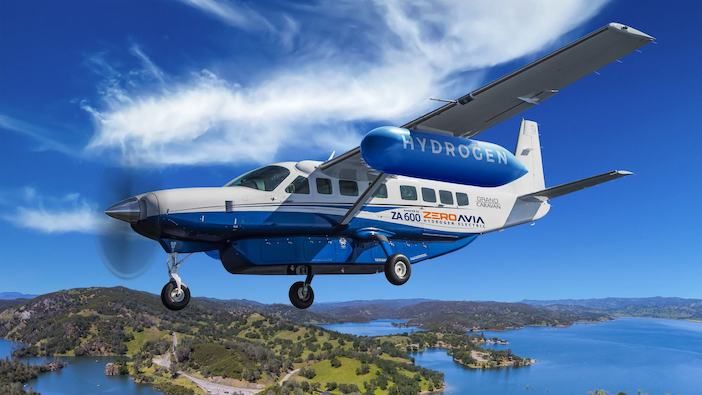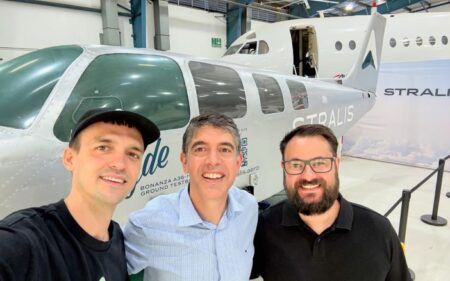ZeroAvia is to partner with Textron to develop a hydrogen-electric powertrain for the Cessna Grand Caravan aircraft.
Under the agreement ZeroAvia will obtain a Supplemental Type Certificate (STC) to retrofit the Grand Caravan single-engine utility turboprop with the ZA600 zero-emission powertrain, targeting commercial passenger and cargo operators.
The Cessna Grand Caravan is a single-engine turboprop with a high-wing design. This will allow for the mounting of hydrogen fuel tanks under the wings while ensuring operators can maintain seat capacity or cargo space, said ZeroAvia.
ZeroAvia will develop its ZA600 powertrain system for the Grand Caravan with data, engineering, and certification support provided by Textron Aviation. ZeroAvia aims to obtain certification for the 600kW powertrain by 2025.
More than 2,600 Grand Caravans have been made worldwide since the aircraft was introduced in 1984. Val Miftakhov, CEO of ZeroAvia said, “The Cessna Grand Caravan is on track to be one the first airframes operating commercial services – both cargo and passenger – with hydrogen-electric, zero-emission engines
“We applaud the visionary leadership of Textron Aviation in joining us to help transform a much-loved mainstay of sub-regional aviation into a symbol of a sustainable transformation in aviation.”
ZeroAvia has been making deals to further develop its hydrogen fuel-cell based powertrain technology recently, including with American Airlines, Alaska Airlines and MHIRJ, the Mitsubishi-owned regional aircraft maintenance and servicing company. It is currently retrofitting its ZA600 system into a 19-seat Dornier 228 aircraft at its R&D location at Cotswold Airport in the UK, with first test flights anticipated over the next few weeks.
The company’s work developing the 600kW powertrain to a certifiable design is part of a UK Government funded project called HyFlyer II.
ZeroAvia is also developing a ZA2000 version of the powertrain for future larger aircraft that may require engines in the 2-5MW class with an entry-into-service target of 2027.





